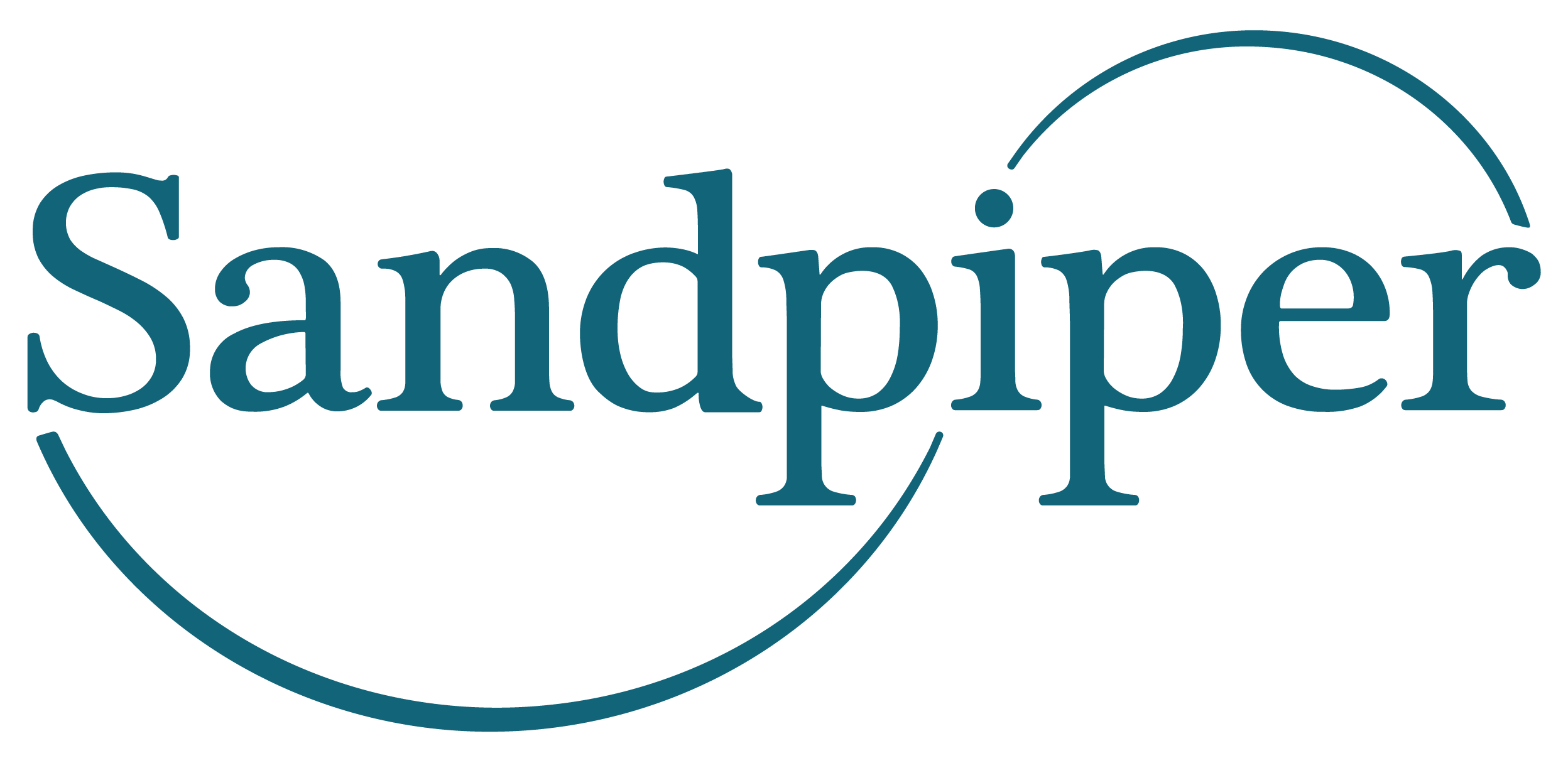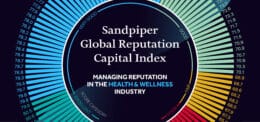
AI Transformation in Public Relations Research

New Global Leadership Announced for Sandpiper Government & Public Affairs
Beyond the Fine Print: Why Healthcare Communications Must Prioritise Patient Literacy
April 2025

This article was contributed by the Sandpiper Health editorial team. Sandpiper Health is a specialist consultancy under Sandpiper Group, providing in-depth monitoring and analysis of the healthcare and life science sector, and helping pharmaceutical and medical technology companies, healthcare providers, patient and caregiver groups, as well as investors and professional organisations formulate effective stakeholder engagement strategies to achieve their business and communications objectives. To receive regular insights from Sandpiper Health on healthcare trends and policy updates in Asia Pacific, sign up to Asia Pacific Healthcare Outlook Monthly Newsletter.
The pharmaceuticals industry has entered a golden age of innovative breakthroughs and strengthened frameworks in disease areas such as oncology, neurology, and obesity, many of which impose a major burden on the world’s populations. In 2024 alone, new drug modalities made up seven of the top 10 best-selling biopharma products in the market – with this proportion expected to grow exponentially in the years ahead.
But while this wave of innovation brings promise for patients across the globe, it is vital not to overlook the bedrock of ethical treatment decisions and patient-centric care: informed consent.
Ideally, every patient making a healthcare decision would do so with full knowledge of the risks, benefits, and alternatives available for their recommended treatment or therapy. In reality, many people cannot give genuinely informed consent due to their lack of knowledge or misinformation. Informed consent requires patients to truly comprehend the medical information presented to them. Without adequate health literacy, the idea of informed consent becomes meaningless.
The World Health Organization (WHO) defines health literacy as the capability to access, understand, and evaluate health-related information and services to maintain overall well-being. Patients should not just passively receive information, and informed consent is not merely about signing a liability waiver – it involves full understanding and actively applying one’s knowledge of the relevant treatment or therapy.
Healthcare providers, institutions, policymakers, and marketers need to work together to bridge the health literacy gap, ensuring that patients can make well-informed decisions that ultimately improve their health outcomes.
Health literacy improves health outcomes
A study conducted by the WHO Action Network on Measuring Population and Organizational Health Literacy (M-POHL) across 17 countries globally found that between 25% and 75% of the population had limited health literacy. Individuals with low health literacy are less likely to adhere to healthy behaviours.
Poor health literacy can also lead to inappropriate medication use, delayed diagnoses, and increased healthcare costs. Patients who fail to understand their conditions often struggle with medication adherence, mismanage chronic illnesses, and over-utilise costly emergency services. For countries already grappling with strained healthcare systems, addressing patient literacy is not just beneficial, but vital.
The dangers of promotion over education
Unfortunately, the modern healthcare landscape often overlooks patient literacy. Marketing and communications materials for new drugs and treatments frequently highlight benefits while not spending adequate time on potential risks, creating a misleading picture for patients, whose illnesses may influence voluntariness and the ability to make clear judgements.
Major pharmaceutical companies, and in rare cases, their advertising companies, have collectively paid billions in settlements for deceptive marketing practices. From over-the-counter medicines to prescription drugs for chronic pain management and the opioid crisis, aggressive promotional campaigns and the downplaying or omission of adverse effects have resulted in serious consequences for patients.
Emerging classes of treatment such as GLP-1 drugs, while celebrated for their ability to promote weight loss and treat a wide range of off-label conditions such as heart problems and Parkinson’s disease, also illustrate that a lack of understanding from patients can have dire consequences.
Most recently, GLP-1 drugs, originally developed for diabetes management, have now also been recognised as cornerstone therapies for obesity. Yet, widespread promotion of off-label usage for GLP-1s as miracle weight loss solutions has landed patients in emergency rooms, with many failing to understand associated risks and the lack of long-term safety data for these drugs.
The consultation room: The centre of patient education
Health literacy does not begin and end with the patient. It is also a function of how information is conveyed by healthcare providers. Medical jargon, rushed consultations, and one-size-fits-all approaches to patient education do not foster understanding. Instead, healthcare providers must adopt clear and actionable communication strategies.
Another major issue for patients is being overwhelmed with information. Patients need structured conversations that emphasise the “need-to-know” and “need-to-do” aspects of their treatment. For patients who are particularly at risk, such as those managing chronic illnesses or complex treatments, tailored educational interventions can significantly improve adherence and self-care.
To bridge the gap, healthcare providers should:
– Continuously assess patient literacy levels and adjust their communication accordingly.
– Provide clear, simple, and actionable guidance rather than dense medical jargon.
– Encourage patient engagement by fostering an open dialogue and allowing space for questions.
– Use visual aids, teach-back methods, and digital tools to reinforce understanding.
When patients are equipped with the knowledge to make informed decisions, they receive care that is both ethically and legally sound, leading to better health outcomes and greater autonomy.
Ethical advertising: How to empower patients
While pharmaceutical companies have often been criticised for their role in such issues, the advertising and marketing industry also has a duty to help empower patient literacy. Ethical advertising should focus on fostering informed decision-making rather than simply driving sales. This means avoiding promotional strategies that encourage overuse and unrealistic expectations about a drug’s effectiveness. Advertisements should provide clear warnings regarding dosage and potential misuse consequences, ensuring patients are not misled.
An ethical and safe advertising and communications approach would involve:
– The use of clear, concise, and accessible language to ensure broad comprehension, avoiding complex medical jargon that may alienate or confuse patients.
– Providing a balanced view of both the efficacy and risks of treatments, ensuring that no manipulative imagery or language is used to mislead or confuse patients. Instead, there should be an emphasis on safety precautions, contraindications, and any other relevant information with medical guidance.
– Facilitating dialogue between manufacturers and healthcare providers, and working together to build effective disease awareness campaigns that educate and empower patients with the knowledge to make informed decisions.
– Highlight patient education resources, such as dedicated websites or helplines, where individuals can access reliable, unbiased information about their medication.
Physicians, nurses, providers, and the wider healthcare system must also act as gatekeepers, ensuring that patients receive unbiased, evidence-based information.
By fostering ethical promotional strategies, pharmaceutical companies and the broader healthcare industry can become allies in promoting health literacy, ultimately leading to better-informed patients and improved health outcomes.
A collective responsibility
Improving patient literacy is not solely the responsibility of individual healthcare providers. Patient literacy requires collective effort from policymakers, healthcare institutions, manufacturers, and public health organisations. In culturally diverse markets such as Asia Pacific, religious and gender-specific nuances should also be a consideration for organisations looking to build better healthcare education resources for patients. By making patient literacy a fundamental pillar of healthcare, we can empower individuals to make informed decisions and improve safe medical adherence across the population.
When patients understand their conditions and treatment options, they are more likely to follow through with appropriate care, leading to better health outcomes for individuals and society as a whole. The ability to make informed consent should not be a privilege reserved for the highly educated: it should be a right accessible to all. And for that to happen, we must place patient literacy at the heart of healthcare communications.



